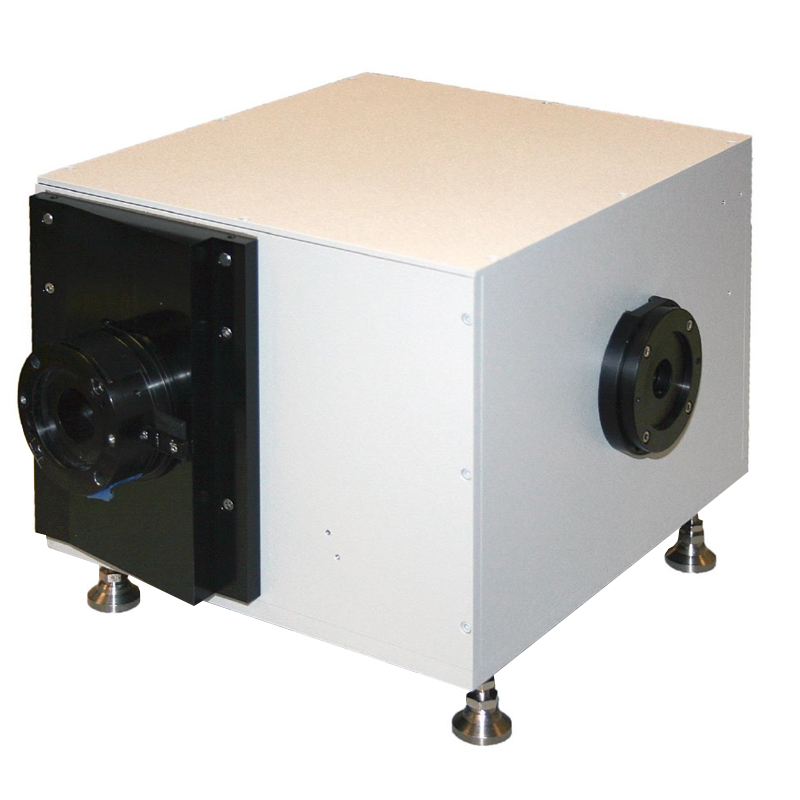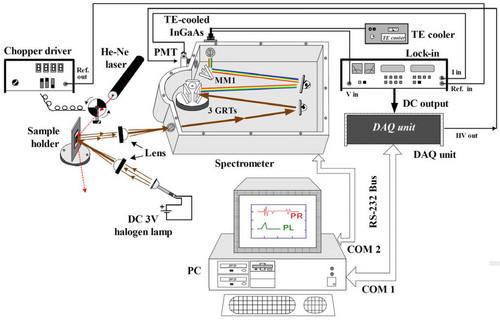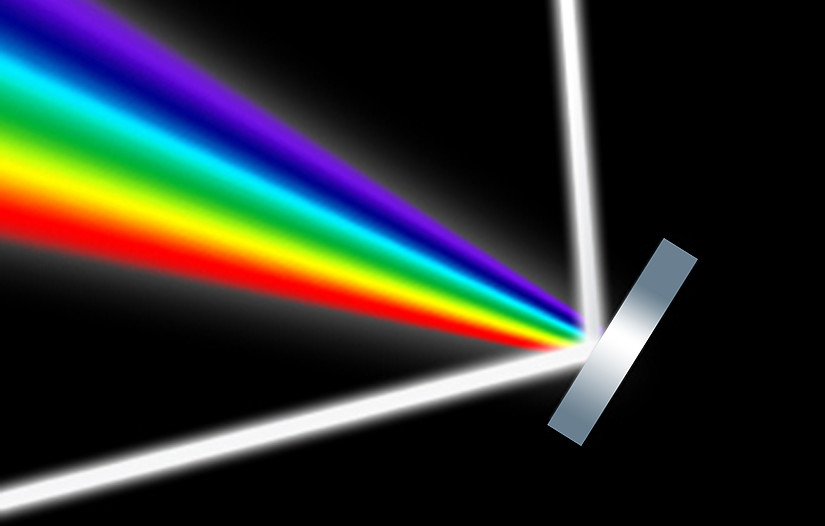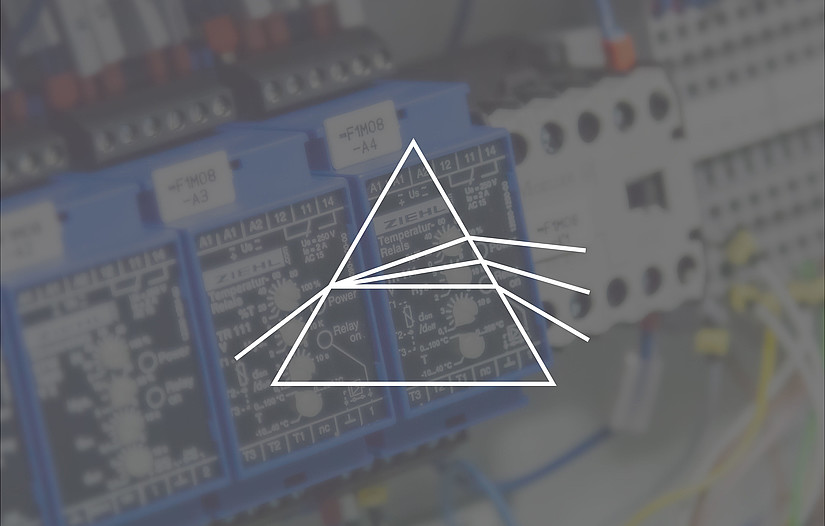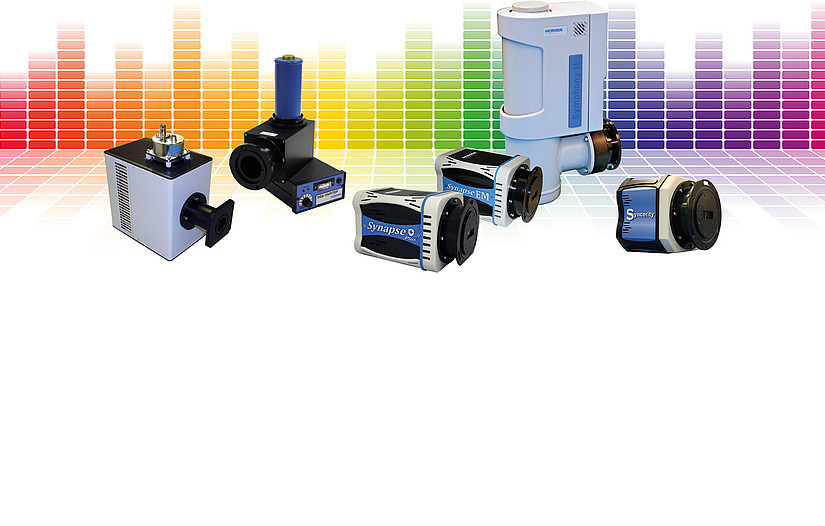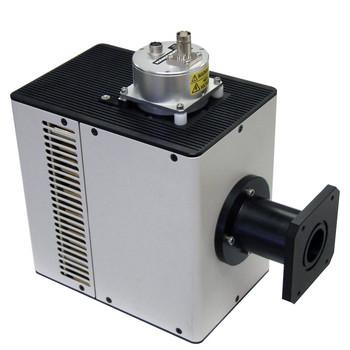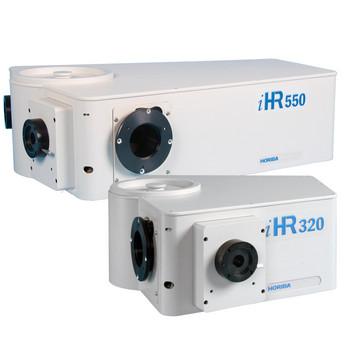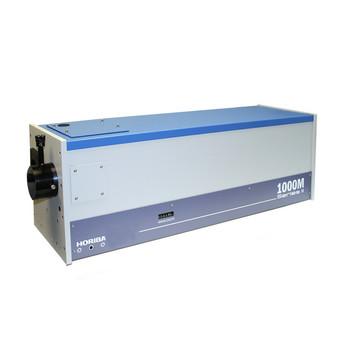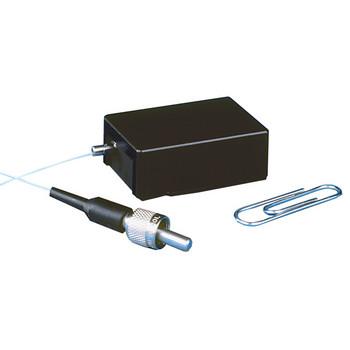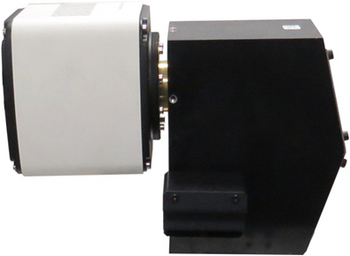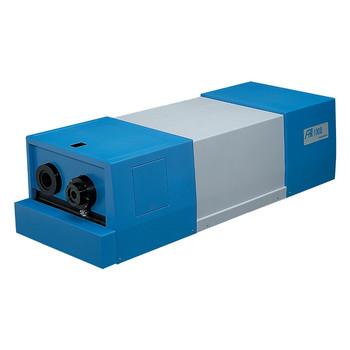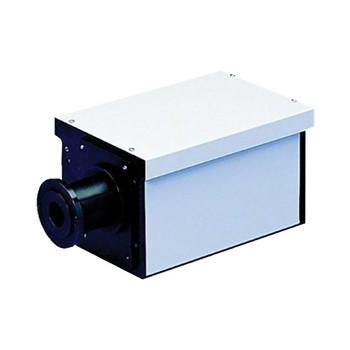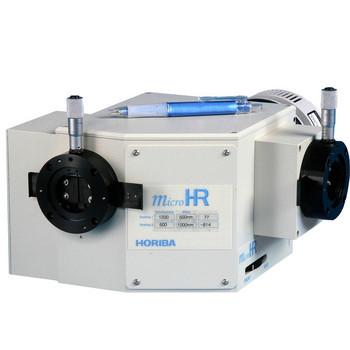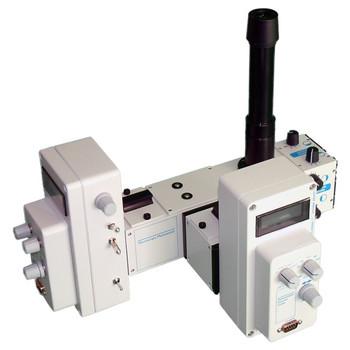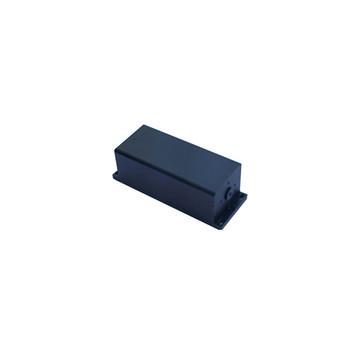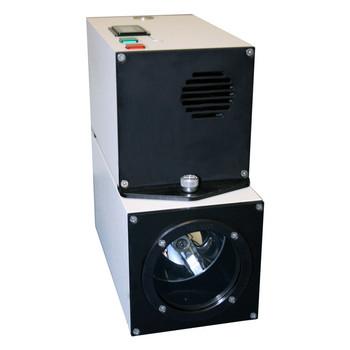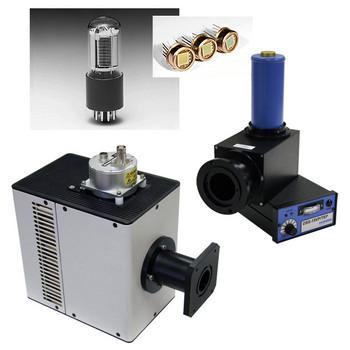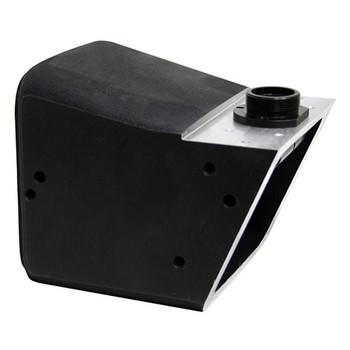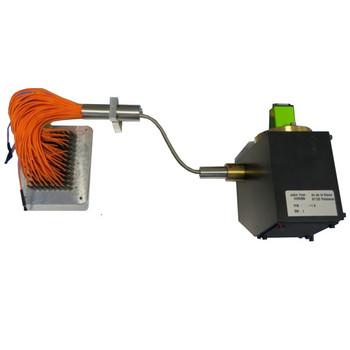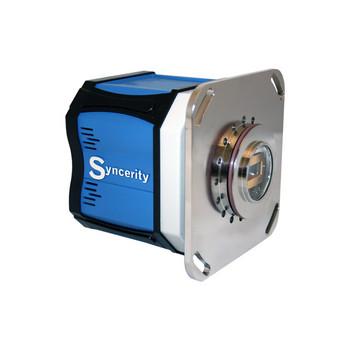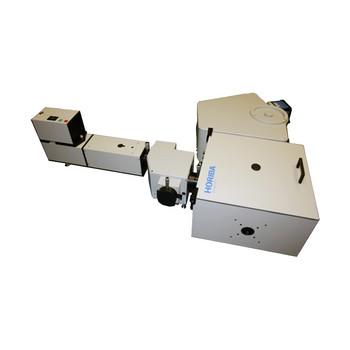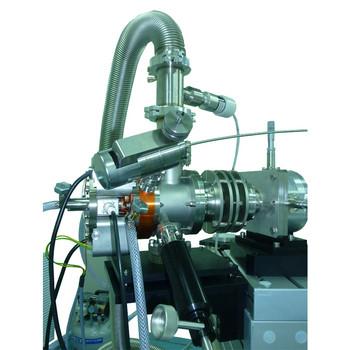
| Specifications | |
|---|---|
| Focal Length | 0.19 meters |
| Entrance Aperture Ratio | f/3.9 |
| Grating Size | 50 mm × 50 mm |
| Image magnification at the exit | 1.00 |
| Scanning range with 1200 gr/mm grating | 0–1400 nm |
| Multichannel coverage (over 30 mm) | 106 nm with 1200 gr/mm grating |
| Focal plane | 30 mm wide × 12 mm high |
| Spectral dispersion with 1200 gr/mm grating | 3.53 nm/mm |
| Spectral resolution as a scanning monochromator with 1200 gr/mm grating | 0.3 nm |
| Wavelength positioning accuracy | ± 0.3 nm |
| Wavelength repeatability | ± 0.06 nm |
| Wavelength drive step size for 1200 gr/mm grating | 0.06 nm |
| Dimensions | 10.5" (L) x 9.25" (W) x 7.35" (H) 26.7 cm (L) x 23.5 cm (W) x 18.7 cm (H) |
| Weight (approx.) | 25.4 lbs (11.5 kg) |
*All specifications with 1200 gr/mm grating, array with 26 micron pixels
** 400 nm
Specifications subject to change without notice.
 Dieses Produkt wurde eingestellt und ist nicht mehr verfügbar. Zu Informationszwecken kann diese Seite weiterhin aufgerufen werden.
Dieses Produkt wurde eingestellt und ist nicht mehr verfügbar. Zu Informationszwecken kann diese Seite weiterhin aufgerufen werden.
